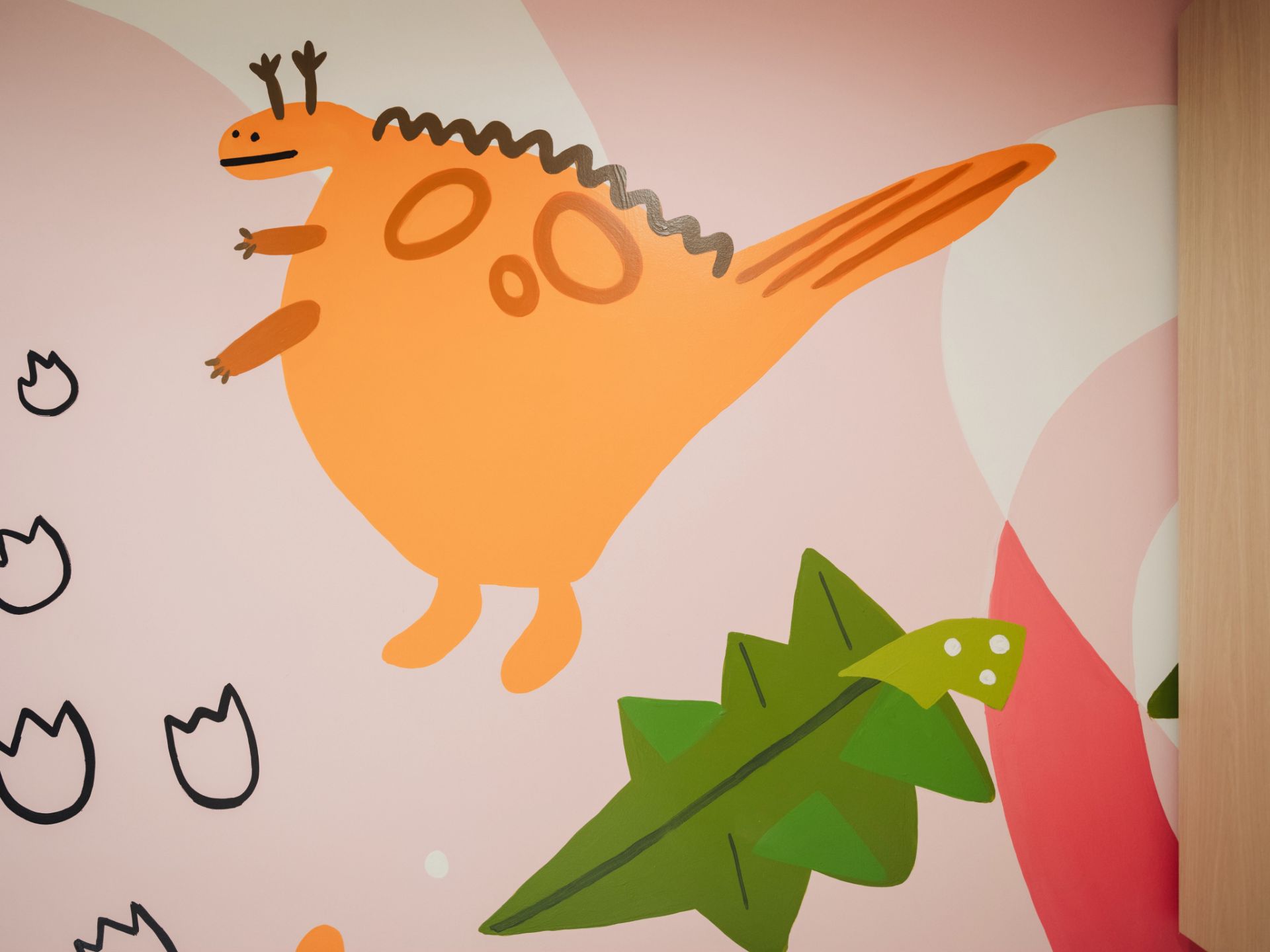Pediatric Dentistry



Our pediatric dentist in El Segundo CA offers a wide variety of dental services for children of all ages, from infancy through adolescence.
Children have many of the same dental concerns as adults, but they also have special dental needs. Pediatric dentists have special training and expertise in the prevention, diagnosis, and treatment of the most common dental issues that kids face. The benefits of pediatric dentistry continue past childhood, into a child’s teen years and even into adulthood.
Pediatric Dentistry Builds a Solid Foundation for a Lifetime of Smiles
“Baby teeth” perform some very important jobs. Formally known as primary teeth, baby teeth help your child bite, chew, and speak clearly. Every time a new baby tooth comes in, or “erupts” through the gum, your child’s smile gets a little cuter.
Baby teeth also work like placeholders for your child’s permanent teeth, also known as adult teeth. Your child’s baby teeth hold the space into which the adult teeth will erupt. In fact, the tops of the permanent teeth actually push against the roots of the baby teeth; the pressure causes the baby teeth to melt away, which makes it easier for the adult teeth to take their proper place.
Primary teeth will do all of the biting, chewing and speaking for about the first six years of your child’s life. From age 6 to age 12, your child will have a mix of baby teeth and adult teeth.
Good oral hygiene and regular visits to your child’s pediatric dentist will help ensure that your child’s baby teeth stay healthy and are lost naturally, rather than lost due to cavities, gum disease or other oral health issue. It is also important that your child loses their baby teeth at the right time – losing a baby tooth too early can cause problems with the eruption of their adult teeth.
Your Child’s First Teeth
Children usually get their first tooth when they are 6 to 9 months old, but baby teeth can erupt as early as 3 months or as late as 1 year. By the time they are 3 years old, children typically have 20 baby teeth of 3 main types:
Incisors – the four frontmost teeth on your child’s upper and lower jaws
Canines – also known as “eyeteeth,” the slightly pointed teeth on each side of the incisors
Molars – the large, flat teeth at the back of your child’s mouth
The two lower front teeth, or central incisors, usually come in first; the two lower central incisors erupt next, followed by the molars and canines.
Daily brushing should start around the age of 2 years. Apply a thin smear of toothpaste to a small, soft-bristled toothbrush, and brush each of your child’s teeth gently. As they get older, have them take over the toothbrush while you supervise. You may need to help with toothbrushing until your child is about 6 years old.
Your Child's First Dental Appointment with a Pediatric Dentist
The American Academy of Pediatric Dentistry recommends that all children see a dentist before they turn 1-years-old. During this visit, your pediatric dentist ensures that your child’s teeth, gums and oral cavity are developing normally. Your pediatric dentist also looks for signs of dental problems, such as early childhood caries, a form of tooth decay that affects young children.
Tooth decay, also known as dental caries, is the most common and preventable childhood disease. Tooth decay starts when bacteria in your child’s mouth make acids that attack the enamel on the surface of the tooth. A hole, known as a cavity, can develop. Left untreated, the cavity can get even bigger and deeper into the inner layers of the tooth.
Early childhood caries can develop quickly and without warning. It can even get into the interior of the tooth in six months or less.
Pediatric Dental Treatments
We offer a number of pediatric dental treatments to prevent tooth decay, repair teeth, or even save teeth.
Topical fluoride
Fluoride makes tooth enamel harder and more resistant to tooth decay. While toothpastes and some drinking water contain small amount of fluoride, they may not be strong enough to protect your child’s teeth. Our pediatric dentist can apply a higher concentration to your child’s teeth for maximum protection.
Dental sealants
Dental sealants are plastic coatings that seal chewing surfaces to prevent cavities. Dental sealants provide years of protection.
Root canal treatment
Strong roots hold your child’s teeth in place in the jaw. Infections can travel into the tooth’s roots to cause pain or even tooth loss. Root canal treatment can stop the pain and save the tooth.
Bonding
Dentists use tooth-colored bonding materials to repair chips and minor fractures to front teeth.
Healthy smile habits
We can teach your child how to brush and floss properly, and help them develop consistent oral hygiene habits.
Teeth cleaning
Professional teeth cleaning, also known as prophylaxis, helps prevent cavities and promote good overall oral health.
Tooth-colored fillings
Cavities happen, and when they do, we fill them in with tooth-colored fillings.
Tooth extractions
When a tooth is so decayed, diseased or traumatized that it cannot be repaired, we may recommend removing it.
Dental emergencies
Our pediatric dentist can handle dental emergencies, such as:
- Dislocated or knocked out tooth
- Broken tooth
- Mouth injury
- Bitten lip, tongue, or cheek
Orthodontic evaluation
As your child grows, our pediatric dentist will assess their teeth and jaws for signs of malocclusion, or “crooked teeth.”
Child-friendly sedation
Depending on your child’s individual needs and the treatment they require, we offer child-friendly sedation to help your child feel relaxed, comfortable, and at ease.
For more information on pediatric dentistry, consult with our pediatric dentist in El Segundo CA.
We can’t wait to meet you!
Call 424-499-0019 or request an appointment online to set up your first visit. We’ll be in touch soon.


